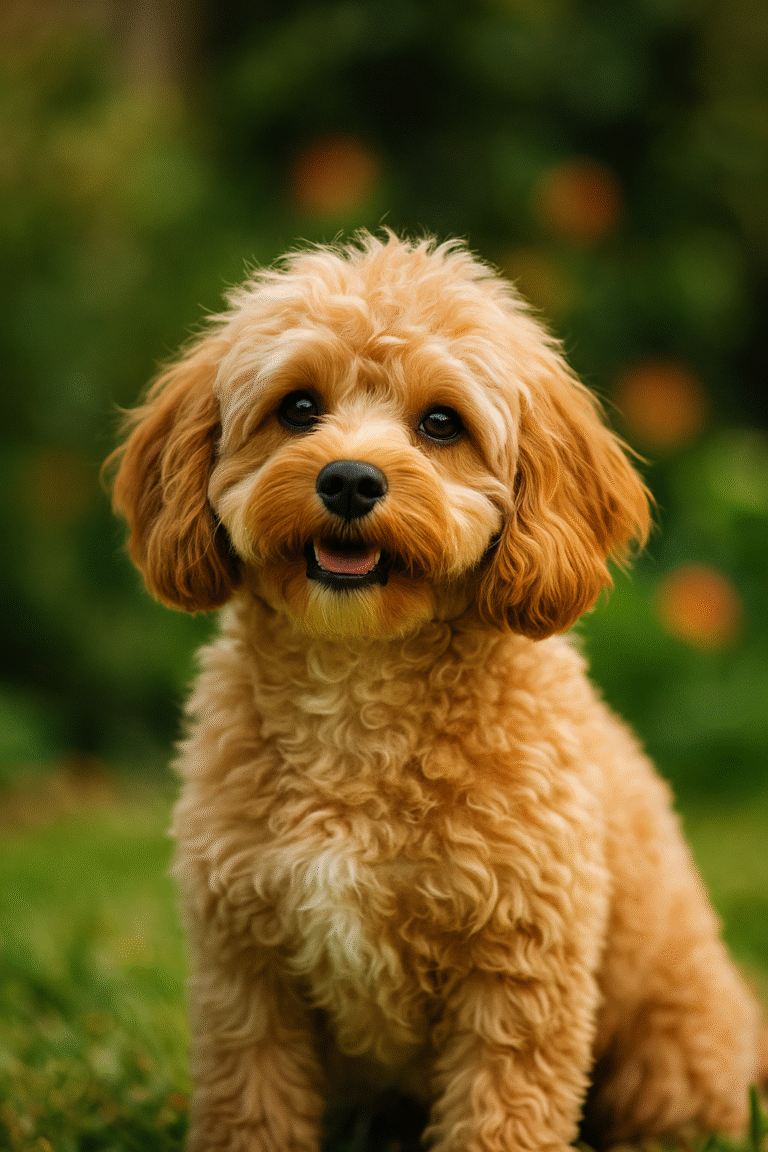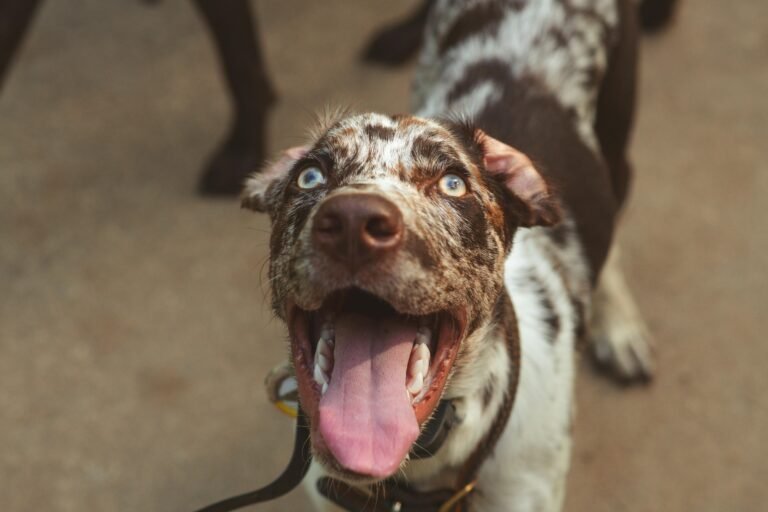Introduction
The Siberian Husky and the Alaskan Malamute are two of the most recognizable and admired northern dog breeds. Both are strong, athletic, and bred to pull sleds across snowy landscapes, but they differ in size, temperament, energy levels, and care requirements. If you’re considering adding one of these wolf-like dogs to your family, understanding their differences is essential. This detailed comparison explores their origins, physical traits, personalities, health, and lifestyle compatibility to help you choose the breed that’s right for you.
Breed Origins
Siberian Husky: The Husky was developed by the Chukchi people of Siberia thousands of years ago as a sled-pulling and companion dog. They were bred for endurance rather than sheer strength, enabling them to travel long distances in harsh Arctic conditions. In the early 20th century, Huskies gained fame in Alaska during sled dog races and heroic missions, such as the 1925 serum run to Nome.
Alaskan Malamute: The Malamute is one of the oldest Arctic breeds, developed by the Mahlemut Inuit tribe of Alaska. Unlike Huskies, which were bred for speed and endurance, Malamutes were bred for strength, hauling heavy loads over shorter distances. They were indispensable to Arctic life, helping their human companions survive in extreme environments.
Appearance and Physical Traits
Although similar in appearance, the two breeds are distinguishable by size and build:
- Siberian Husky: Medium-sized, weighing 35–60 lbs and standing 20–23.5 inches tall. Huskies are lean, with erect ears, a fox-like face, and striking almond-shaped eyes that may be blue, brown, or one of each (heterochromia). Their coats are medium-length and double-layered, designed for insulation.
- Alaskan Malamute: Much larger, weighing 75–100+ lbs and standing 23–25 inches tall. Malamutes are powerful, with broad chests, heavy bone structures, and thick coats. They have brown eyes (never blue) and a distinctive plume-like tail that arches over their backs.
Temperament and Personality
While both breeds are affectionate and loyal, their temperaments suit different types of households:
- Siberian Husky: Outgoing, mischievous, and independent. Huskies are social and enjoy being around people and other dogs, but they have strong prey drives and may chase small animals. They are known escape artists, capable of climbing fences or digging under them. Huskies are vocal, often “talking” or howling rather than barking.
- Alaskan Malamute: Strong-willed, dignified, and loyal. Malamutes form deep bonds with their families but are less eager to please than some breeds. They can be dominant, especially with other dogs of the same sex. Malamutes are less likely to howl as much as Huskies but may vocalize in deep, resonant tones.
Exercise and Energy Levels
Both breeds require significant exercise, but their energy outlets differ:
- Siberian Husky: Bred for endurance, Huskies are highly energetic and need 1–2 hours of vigorous activity daily. They love running, hiking, and pulling activities like canicross or bikejoring. Without enough exercise, Huskies can become destructive or escape in search of adventure.
- Alaskan Malamute: Malamutes also need daily exercise, but they are less frantic than Huskies. They excel at pulling weight, backpacking, or hiking but tire faster at long-distance running compared to Huskies. Malamutes need outlets for both physical and mental stimulation to prevent boredom-driven behaviors.
Training and Intelligence
Both breeds are intelligent but can be stubborn, requiring patient, consistent training:
- Siberian Husky: Independent thinkers with a mischievous streak. Huskies are not the easiest to train, as they may ignore commands if they see no benefit. Positive reinforcement and creative training methods work best. They are not ideal for first-time dog owners without patience and persistence.
- Alaskan Malamute: Equally independent but with a more dominant personality. Malamutes require firm but fair leadership and early socialization. They are slower to mature, so consistent training over several years is essential to manage their size and power.
Grooming and Coat Care
Both breeds have double coats that protect them in freezing conditions, but grooming needs differ slightly:
- Siberian Husky: Moderate grooming needs. Weekly brushing usually suffices, but they “blow” their undercoats twice a year, shedding heavily for several weeks. During these times, daily brushing and vacuuming are essential.
- Alaskan Malamute: Higher grooming needs due to their dense coats. Like Huskies, they shed year-round and blow their coats seasonally. Malamutes require more frequent brushing to prevent mats and tangles, particularly around their thick necks and hindquarters.
Health Considerations
Both breeds are generally healthy but are prone to specific issues:
- Siberian Husky: Prone to cataracts, progressive retinal atrophy (PRA), and hip dysplasia. They are relatively long-lived for a larger breed, averaging 12–14 years.
- Alaskan Malamute: Prone to hip dysplasia, hypothyroidism, and inherited polyneuropathy. Malamutes typically live 10–12 years. Their larger size can contribute to orthopedic issues later in life.
Family Compatibility
Both breeds can be loving family dogs, but lifestyle compatibility matters:
- Siberian Husky: Best for active individuals or families who enjoy outdoor activities. They thrive in multi-dog households and are playful with children, though supervision is needed due to their energy. Huskies are not ideal for households with small pets due to prey drives.
- Alaskan Malamute: Loyal and protective, Malamutes can make excellent family companions when well-socialized. However, their dominance and strength make them less suited for inexperienced owners. They are better in homes with older children who understand how to respect large, powerful dogs.
Lifestyle Suitability
Deciding between a Husky and a Malamute comes down to lifestyle:
- If you want a high-energy, social dog that thrives on endurance activities and enjoys canine companionship, the Siberian Husky may be your match.
- If you prefer a strong, loyal companion with a dignified personality who excels at strength-based activities, the Alaskan Malamute may be the better fit.
Conclusion
The Siberian Husky and Alaskan Malamute are both stunning northern breeds with rich histories and incredible working abilities. While they share similarities, their differences in size, temperament, and exercise needs mean that one breed may suit you better than the other. The Husky is perfect for those seeking a playful, energetic, and social dog, while the Malamute is ideal for experienced owners who want a loyal, powerful, and dignified companion. With the right environment and commitment, either breed can become a cherished member of your family and a partner in adventure.






